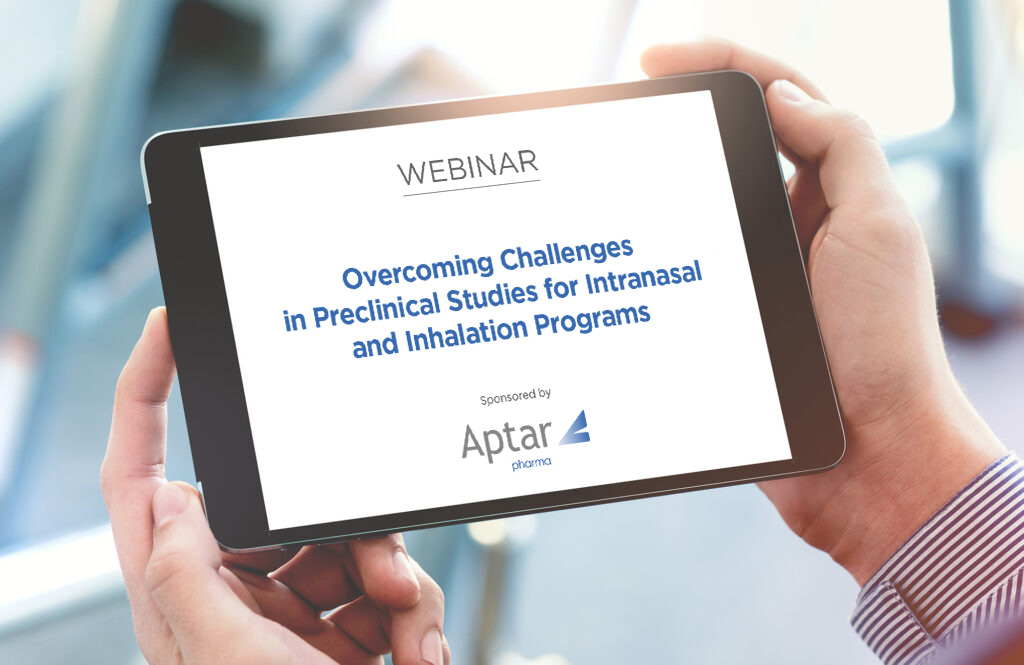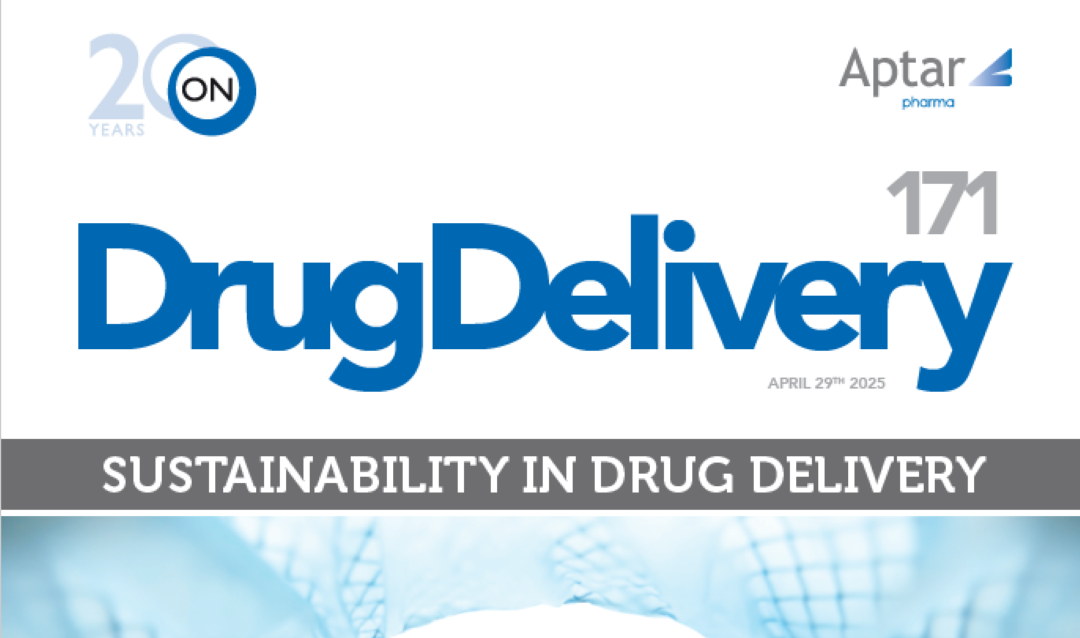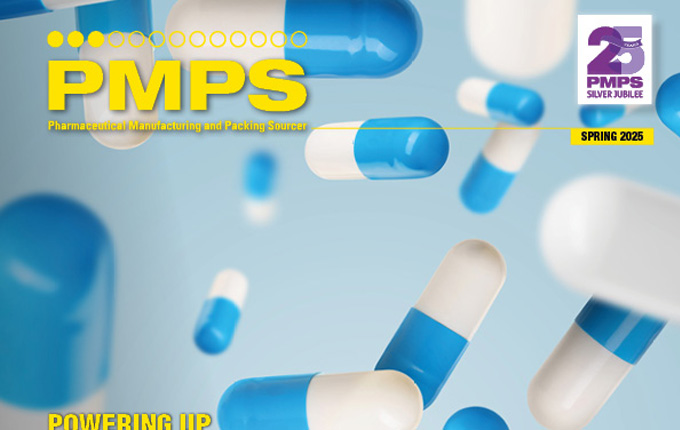The study focuses on evaluating the amount of leachables – substances that migrate from a material into a product under normal or simulated conditions – from these newly designed valves compared to the three propellants: HFA-134a, HFA-152a, and HFO-1234ze(E). The tests involved pMDIs equipped with Aptar DF316 valves, constructed with polybutylene terephthalate (PBT) plastic, and ethylene propylene diene monomer (EPDM) and cyclic olefin copolymer (COC) gaskets. The propellant-filled pMDIs underwent a stability test for six months, with leachables analyses conducted at regular intervals.
The leachables were quantified using gas chromatography coupled with flame ionization detection (GC-FID) and high-performance liquid chromatography coupled with an ultraviolet detector (HPLC-UV). The testing methods adhered to USPs <1225> and <621> standards and good manufacturing practice (GMP) requirements when applicable.
Results revealed differences in non-volatile and volatile leachables. HFA-152a significantly influenced the amount of leachables, yielding a marked increase compared to HFA-134a and HFO-1234ze(E). All propellants demonstrated increased volatile leachables over time. PBT dimer and tetrahydrofuran (THF) levels were especially high with HFA-152a, with THF being the most critical identified compound due to its relative quantity and sharp increase over time.
Using the Derived No Effect Level (DNEL) for THF as a benchmark, even in the worst-case scenario of a patient using a device filled with 50 doses, inhaling 24 doses a day, the safety factor was over 1,100 times compared to the DNEL, implying no immediate toxicity threat.
The study concludes that both HFA-152a and HFO-1234ze(E) appear promising as replacements for current propellants, due to their relatively low toxic threshold calculated from DNEL. While HFA-152a, in particular, exhibited higher levels of leachables, there were no toxicity issues observed for any of the tested propellants.
These results underscore the need for continued exploration of new propellants and valve technologies to lessen the environmental impact without compromising patient safety.
Learn more about Aptar Pharma Expertise
in Inhalation Drug Delivery
This Might Also Be of Interest

Overcoming Challenges in Preclinical Studies for Intranasal and Inhalation Programs
Webinars, Pharmaceutical, Innovation & Insights, Drug Delivery Innovations, Market Insights, Product Solutions

Low GWP pMDI Q&A with Aptar’s ZEN30 Futurity™ Valve Solution
Publications, Pharmaceutical, Market Insights, Product Solutions, Sustainability, Drug Delivery Innovations, Brand Differentiation

Spotlight on Emissions Reductions for A Lower CO2 Footprint in Pharmaceutical Packagi...
Publications, Pharmaceutical, Sustainability, Brand Differentiation, Market Insights, Product Solutions
Advanced Analysis of Dry Powder Inhaler Formulations for Bioequivalence
Publications, Pharmaceutical, Drug Delivery Innovations, Market Insights, Product Solutions
